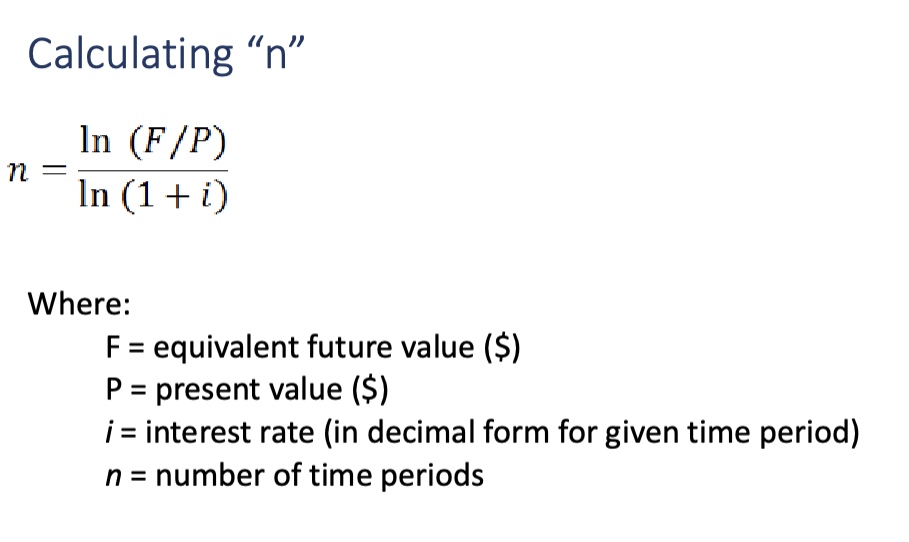CEE 3000 Midterm 2
1/76
There's no tags or description
Looks like no tags are added yet.
Name | Mastery | Learn | Test | Matching | Spaced |
|---|
No study sessions yet.
77 Terms
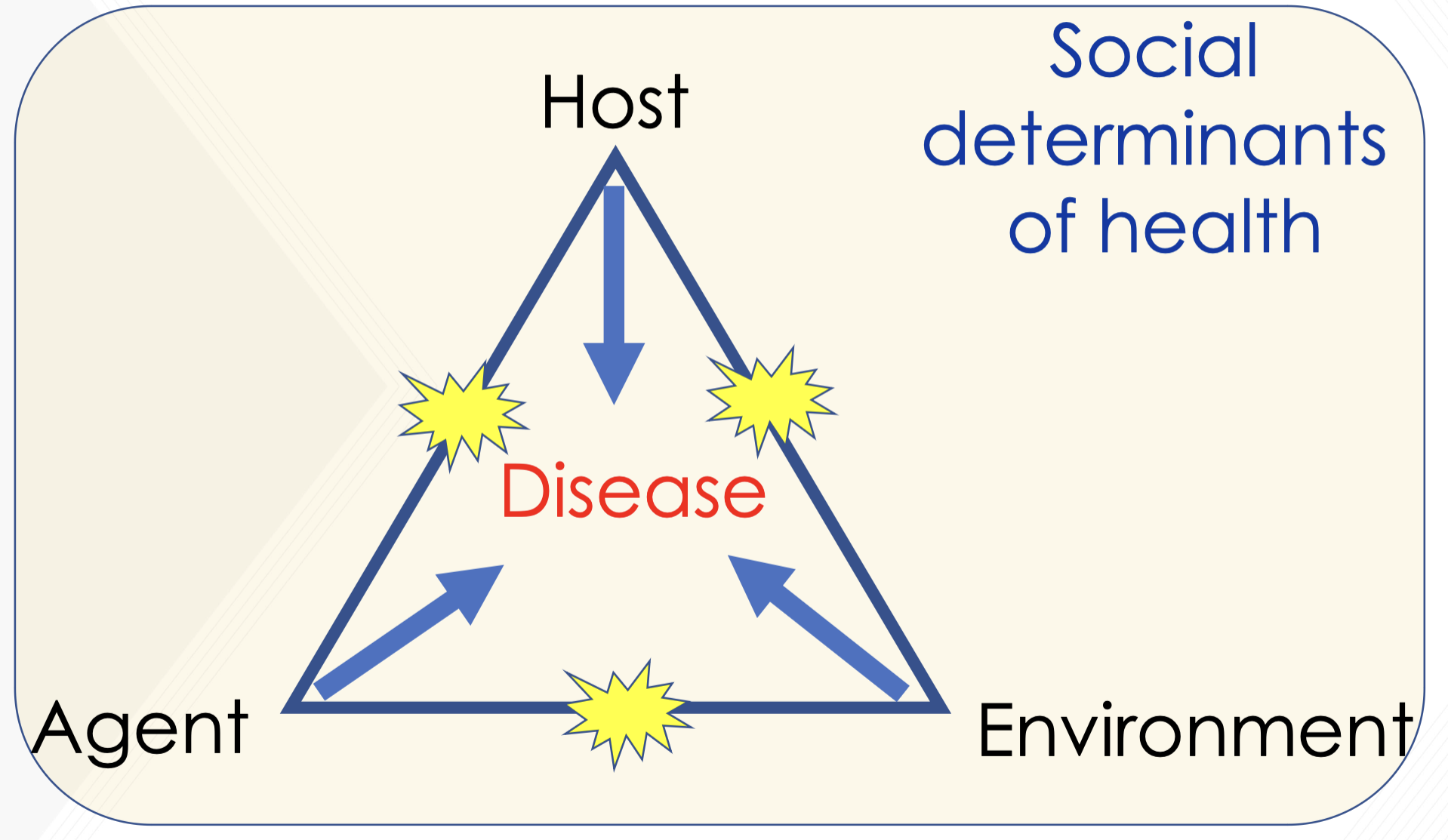
what is this model known as?
epidemiology triad
evidence informs _____ and ______ informs models
theories, theories
define a model (also how it is used)
simplified or abstract representation of reality, it is to a tool for evaluation to provide insight and inform decisions, assists in design or management of engineered systems or related policy
the types of models
iconic
mathematical
types of iconic models
physical
graphical
types of graphical models
representing physical reality
representing concepts
types of mathematical models
symbolic
simulations
types of simulations (which is a type of mathematical model)
computer
live actor
descriptive vs prescriptive (predictive) model
descriptive - describes expected output based on set of inputs and initial conditions
ex. population growth models (if I follow this course of action, what will happen?)
prescriptive - predicts a course of action; leads to a desired solution
ex. optimization models (what is best course of action to follow?)
deterministic vs stochastic
deterministic - models where data elements are relatively fixed and predictable quantities
ex. speed of a vehicle on a road, volume of water in a container given the initial volume and flow
stochastic - randomness is present; many outcomes possible
ex. speed of vehicles on a road network, reservoir inflow during rainy season
mechanistic vs empirical model
mechanistic - based on understanding of behavior of system components
ex. predicting acceleration using force and mass
empirical - based on observation of data relationships without describing underlying mechanism
ex. collection of water temperatures and depth to build a model
what are the steps of model development?
specification - selecting function form for the model (independent and dependent variables etc)
calibration - estimate values of parameters and constants through trial and error
validation - establishing credibility by demonstrating ability to replicate actual data
explain basic concept of optimization
there are decision variables, constraints, and the best decision is is the best combo of decision variables and corresponding value of object functions
math models can help us in the process of _______
optimization decision analysis
mathematical programming does what?
is an optimization tool that finds an extreme point for a decision variable given objects, parameters, and constraints
list some applications of mathematical programming in civil engineering
deciding what landfills to operate
deciding which road segments to repair
size of a reservoir
highway design
list parts of mathematical program for optimization
objectives, decision variables, constraints
list the types of mathematical programming
optimization by calculus (use calc for min and max), linear programming (objective function and constraints are linear), and integer programming (decision variables can only be integers)
civil engineering decision making has largely been governed by
economic efficiency considerations: it is difficult to quantify benefits monetarily, a investment impacts have wide reach
how has decision making changed?
governments, organizations, and corporations are increasingly finding superior solutions by identifying diverse variety of decision making criteria
decision making considered sustainable development
has multiple criteria (political, economic, social, environmental, etc)
characterized by numerous stakeholders, orgs, govs
not all criteria can be quantified
what are some criteria typically considered during various phases of CES decision making?
system effectiveness
system efficiency
economic efficiency
environmental impacts
social/cultural impacts
impacts on local/regional economy
compatibility with existing policy
Steps for multi criteria decision making
1) initial steps: establish alternatives and establish decision criteria
2)weighting: establish criteria weights
3)scaling: establish neutral scale for measuring different levels and using scale to quantify the impact of each decision for each alternative
4) amalgamation: establish and apply objective function (to determine combined impact of decisions)
describe the framework for MCDM analysis using multi attribute utility theory
reduce multi criteria problem to single criteria problem that incorporates all the criteria
the underlying assumption: the decision makers preference structure can be represented by a real value function
define value function
measures preferences over a set of goods and services; represents satisfaction of a consumer from consuming certain goods/services
define decision criteria
criteria by which each alternative is evaluated
define weighting
the relative weights are assigned to each decision criteria which reflects the relative importance of criteria
define scaling
provides common scale of measurement by converting the unit of decision criteria to a unit less scale (involves developing single criteria value functions)
characterizing the relative level of importance of decision making criteria is also known as this
weighting
establishing a common scale of measurement across decision criteria so they can be expressed in commensurable units is also known as this
scaling
define amalgamation
combines the relative weight and a value function to determine the overall value of the alternative
value functions are developed at what step of the decision making process
scaling
when criteria is optimized the most in a tri-criteria problem, it is called this on the graph
Pareto frontier
why important to deal with uncertainty in systems analysis?
we don’t have perfect knowledge (epistemic uncertainty)
systems have random elements and random variables can impact system performance (aleatory uncertainty)
how do we incorporate uncertainty in systems analysis?
through stochastic models: probability theory, statistical modeling, etc
define probability
the likelihood of an event occurring relative to the set of all possible events
two reasons why we might reason under uncertainty
laziness (modeling all the details of a complex system is costly)
ignorance (we don’t completely understand what’s going on in the system)
example of uncertain models: sea level rise
probability of an event E is bounded between what two numbers
0 and 1
assumptions in probability theory
there are a discrete number of random events
equally likely outcomes
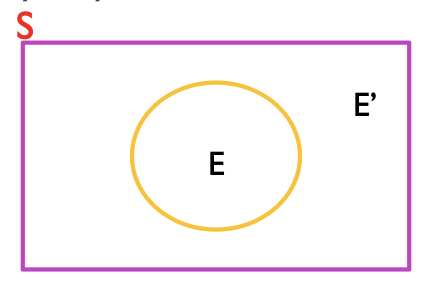
the set of all possible events
(S) sample space: P(S) = 1
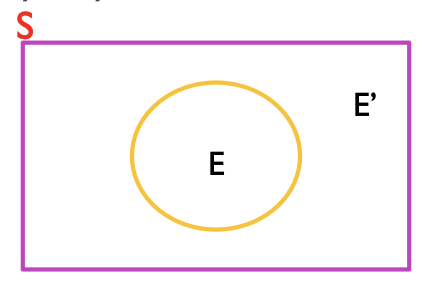
an event not within S (sample space)
impossible event: P(O)=0
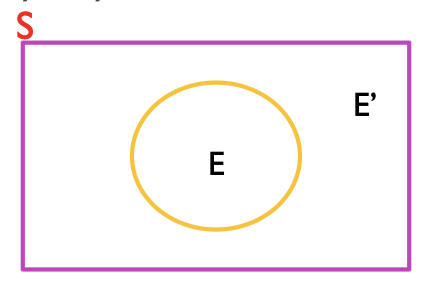
when two events fill the sample space, these are called ________ events
complementary: P(E) + P(E’) = 1
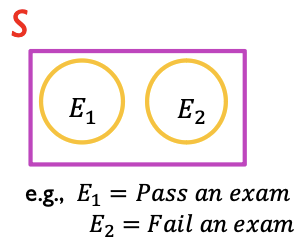
mutually exclusive events are events that
cannot happen at the same time (simultaneously)
E ∩ E’ =
Oor {} (meaning null set)P(E ∩ E’) =
O(null)P(E U E’) = P(E) + E’
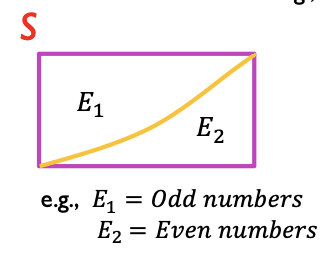
collectively exhaustive events are events that
take up the whole sample space and at least one event must occur
P(E U E’) = P(S) = 1
ex. rolling 6 sided die has 6 discrete outcomes
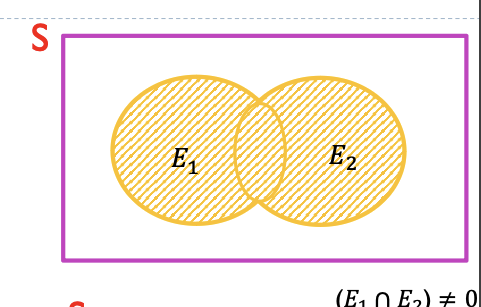
events that can occur at the same time
overlapping events
E ∩ E’ NOT equal to
O
ex. flipping a coin and a die at the same time

why do we use conditional probability?
it allows us to reason with partial information
explain conditional probability
if event E depends on C then the occurrence of E depends on the occurrence of C so the conditional probability is given as:
P(E|C) = P(C ∩ E)/P(C)

events that occur at the same time but have no relationship
statistically independent, overlapping events: E is independent of C if the occurrence of E is not affected by occurrence of C
P(E|C) = P(E)
P(E ∩ C) = P(E) * P(C)

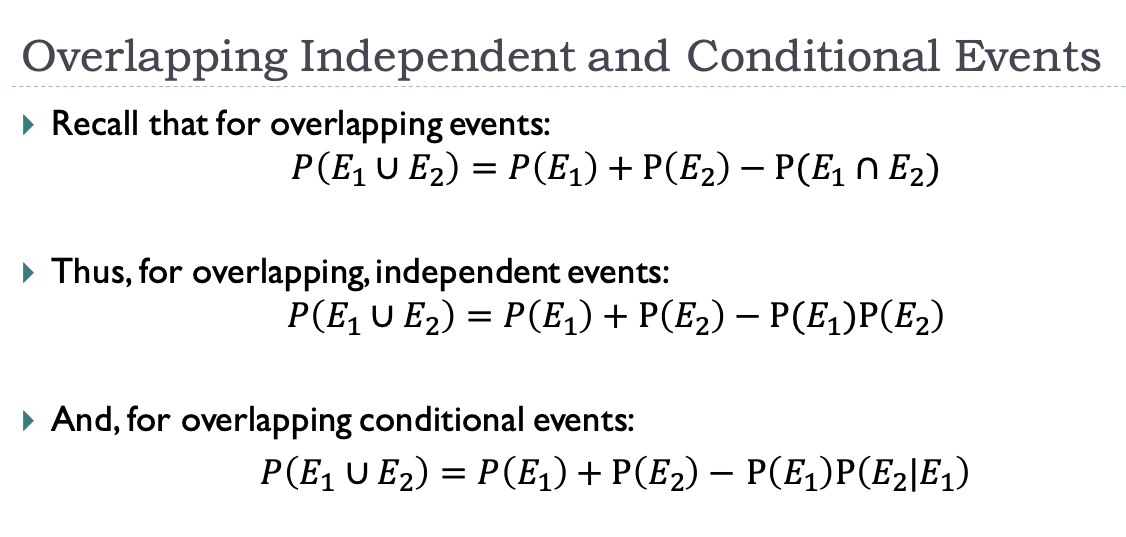
NOTE:
define engineering economy
involves formulating, estimating, and evaluating economic outcomes when there are alternatives to accomplish a defined purpose to add the max value in the future
collection of mathematical techniques that simplify economic comparison
engineering economy
the branch of knowledge concerned with the production, consumption, and transfer of wealth
economy
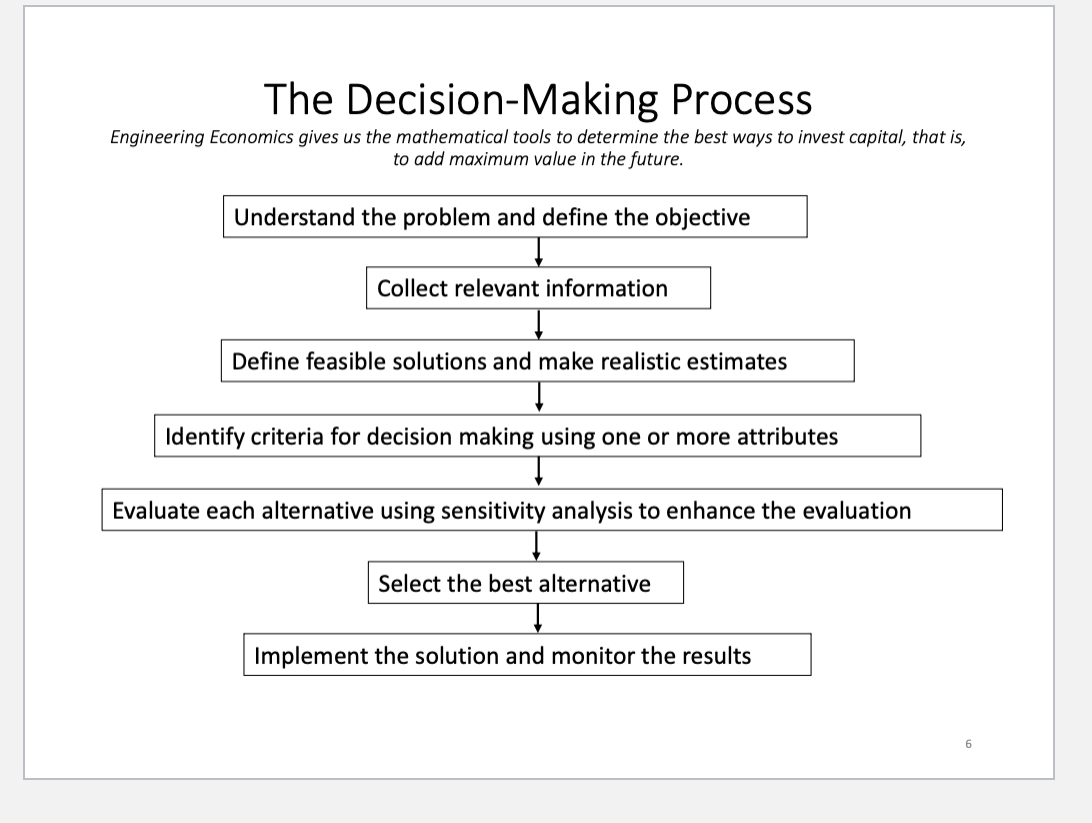
NOTE
define capital costs
initial project cost (materials, construction, permits,etc)
define operations and maintenance costs
recurring costs over the useful life of the project (labor, routine maintenance, reconstruction/rehiblitation) such as painting pavement, pavement overlays, bridge repairs
these are classified under project costs
capital costs
operations and maintenance
define user benefits
user advantages or profits gained and is usually measured in terms of reduction in user costs
ex. improved traffic flow = reduction in travel time costs
ex. constructed water supply system = potable water = reduction in health costs
define salvage value
value of facility/product/service at the end of its useful life (includes recycling and disposal)
these are classified under project benefits (terms)
user benefits
salvage value
time value of money refers to…
change in amount of money over a given time period (refers to the earning power of money), how money grows as a function of time, the idea of interest
amount charged for the use of money OR the amount earned for the loan of money
interest
(in general) interest =
Amt owed now - OG Amt borrowed
interest rate is (equation)
(interest accrued per unit time/og amount) x 100%
how is the interest rate determined?
supply and demand
the convention for the interest period
1 year
this is calculated the same way as the interest rate but is from the lenders perspective
rate of return
lowest rate of return considered acceptable for a lender in the private sector
minimum attractive rate of return (MARR)
the MARR in the private sector is equal to the
market rate
the lowest rate of return considered acceptable for public projects (public sector)
social discount rate (SDR)
the idea that different sums of money at different times have equal economic value
economic equivalence
define inflation
overall general upward movement of the price of goods and services in an economy; translates to a reduction in purchasing power
define opportunity cost
the forgone opportunity to invest money whenever money is committed to some investment proposal (forgone opportunity to use your money for smth else)
define a sunk cost
a past cost that cannot be altered by future action (only present and future costs when comparing projects)
interest paid only on the principle
simple interest
I = P* i *n
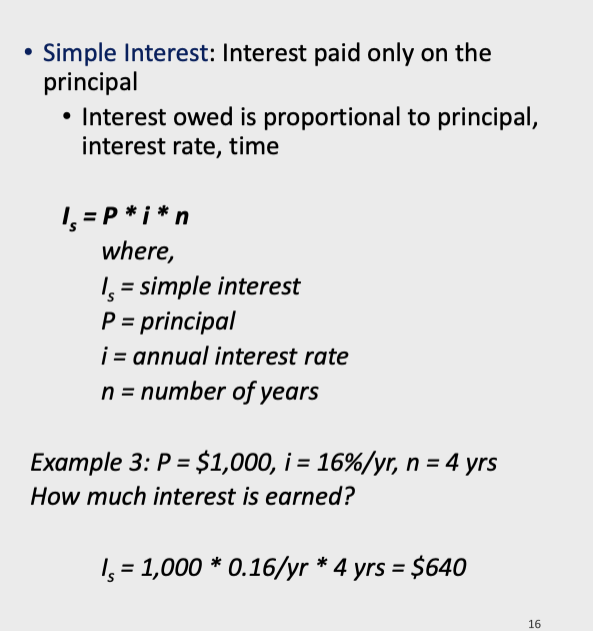
when interest is paid on the principle plus the accrued interest, you get this interest type
compound interest
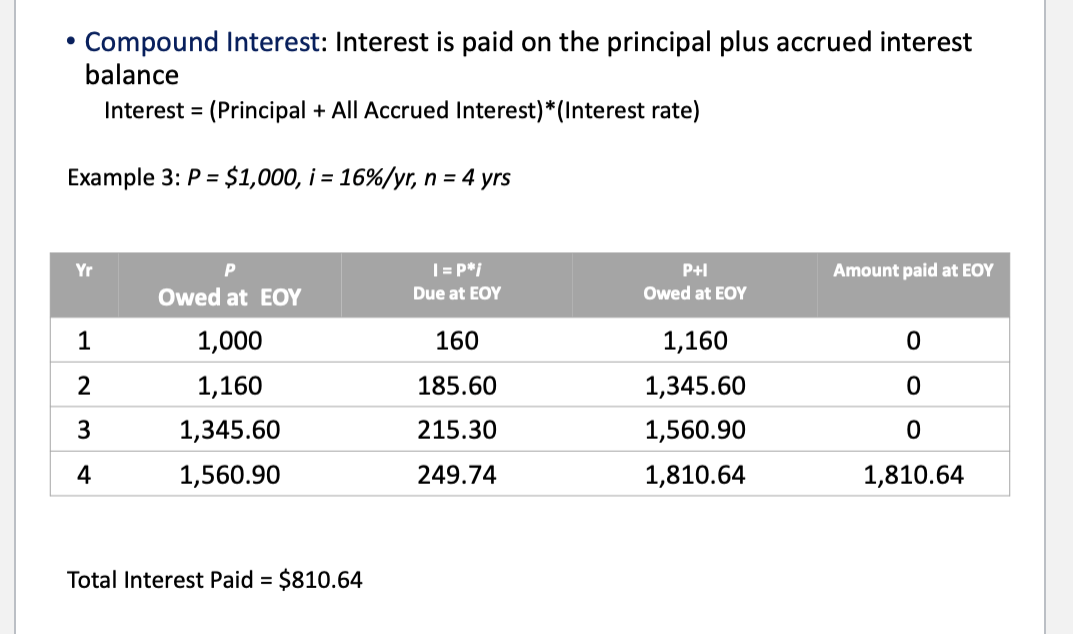
NOTE: Future value of initial investment
simple
F = P(1 + in)
compound
F = P(F/P,i,n) where F/P,i,n is the single payment compound amt factor
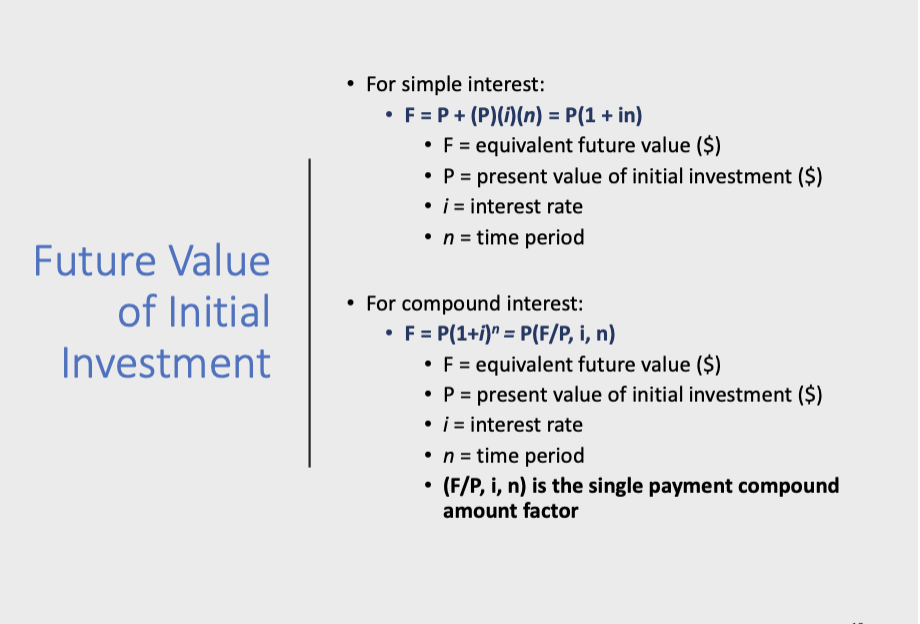
Total accrued =
(OG amount) + (OG amount)(interest rate)
how is n calculated? (dealing with future value)
n = ln(F/P) / ln (1 +i)
